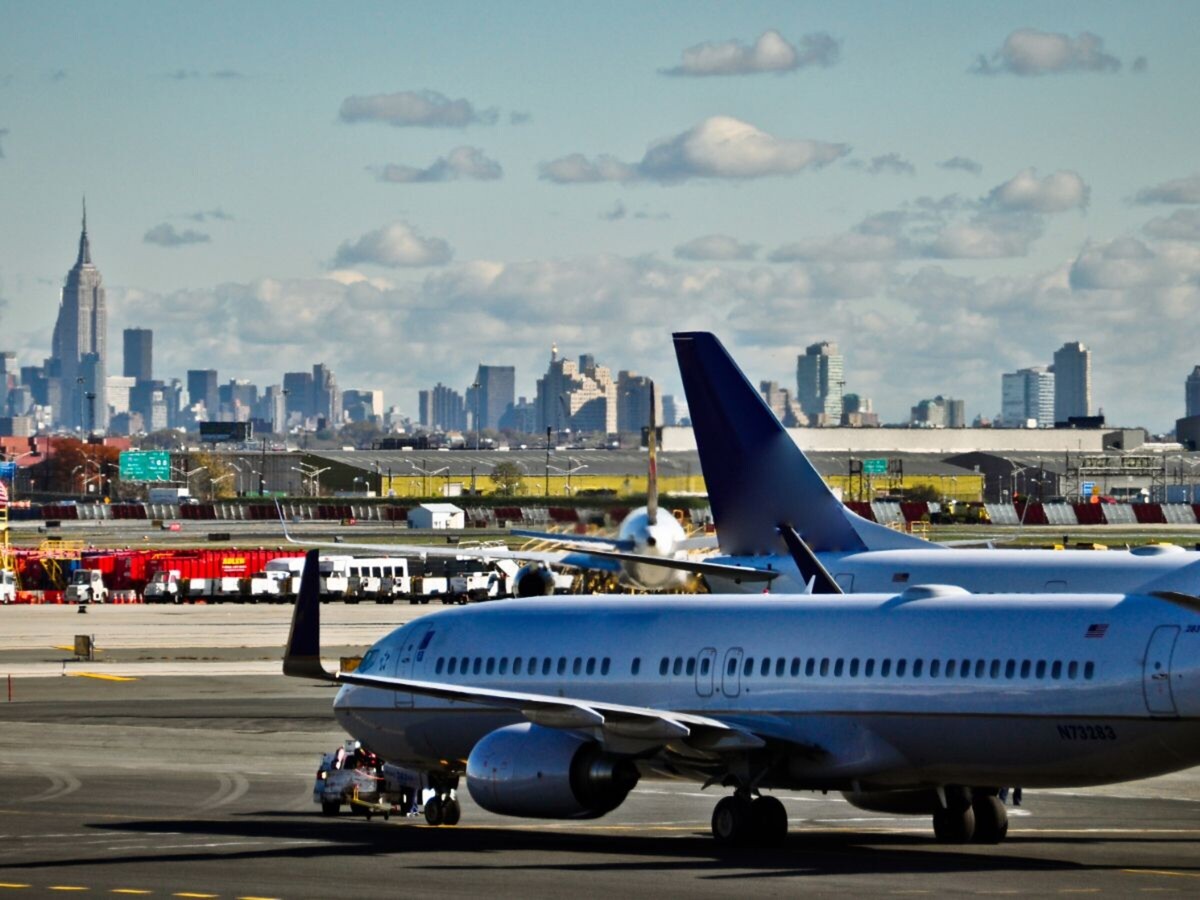Image


NEWARK AIRPORT - A 30-second loss of radar and radio communication between air traffic controllers and inbound flights at Newark Liberty International Airport on April 28 has sparked a cascading crisis, exposing longstanding vulnerabilities in the U.S. air traffic control system and prompting operational strain across one of the country’s key aviation hubs.
The Federal Aviation Administration (FAA) confirmed that on the afternoon of April 28, air traffic controllers at the Philadelphia Terminal Radar Approach Control facility lost the ability to see, hear, or communicate with approximately 15 to 20 flights navigating into Newark airspace. Both the primary and backup communication systems failed during the incident.
Though no collisions occurred, the temporary blackout triggered emergency procedures and caused a ripple effect across the airport’s operations, contributing to more than 885 flight cancellations and extensive delays over the following week. On May 6 alone, more than 100 flights were canceled and over 170 were delayed, with some delays stretching beyond four hours.
The FAA reported that several air traffic controllers who were on duty during the incident took trauma leave under provisions outlined in the Federal Employees’ Compensation Act. A spokesperson for the National Air Traffic Controllers Association (NATCA) clarified that these absences were not walkouts, but rather a sanctioned response to a traumatic on-the-job event.
In audio recordings captured by LiveATC.net, pilots can be heard attempting to reestablish contact with controllers. One controller told a United Airlines flight from Charleston, “We lost our radar so just stay on the arrival and maintain 6,000 feet,” underscoring the manual improvisation required during the radar lapse.
United Airlines, the largest carrier operating out of Newark, has since canceled 35 round-trip flights per day in response to the disruption and staffing shortages. “In the past few days, on more than one occasion, technology that FAA air traffic controllers rely on to manage the airplanes coming in and out of Newark airport failed — resulting in dozens of diverted flights, hundreds of delayed and canceled flights,” United CEO Scott Kirby stated. He also noted that roughly 20% of Newark controllers were absent during the week that followed the failure.
The FAA has long faced criticism for relying on antiquated equipment, and the April 28 event has amplified those concerns. Transportation Secretary Sean Duffy told Fox News that the communication systems involved use “floppy disks” and “copper wires.” The FAA acknowledged the outdated nature of its infrastructure and reported that it is actively training new controllers to address the staffing deficit, though replacements are not expected to arrive quickly due to the intensive training and certification process.
On April 5, New Jersey Governor Phil Murphy wrote to USDOT Secretary Duffy requesting regional support and investment.
“Decades of underinvestment in the maintenance of critical air traffic control infrastructure, delays in upgrading to modern 21st century air traffic control technology, and inadequate air traffic control staffing have resulted in a frail system nationwide,” wrote Governor Murphy. “The FAA has stated that American airspace is short 3,000 air traffic controllers and I appreciate your efforts to retain and hire additional controllers. As the FAA works to address the yearslong shortfalls, I urge you to prioritize the region, the busiest airspace in the nation, by immediately addressing Philadelphia TRACON Area C staffing levels and developing a plan to address chronic staffing shortages at New York TRACON."
"As you work with Congress to fund additional investments in air traffic management systems, the New Jersey-New York region should be prioritized for technology and facility upgrades to help the more than 144 million passengers coming through Port Authority of New York and New Jersey (PANYNJ) operated airports annually,” continued Governor Murphy. “We expect millions of additional passengers next year as we prepare to host the World Cup Finals and must avoid additional disruptions or strains on the system.”
Currently, the FAA is managing Newark traffic with limited capacity, further constrained by the closure of Runway 4L-22R for maintenance until mid-June and persistent poor weather in the region. Only two runways—4R-22L and 11-29—remain in use, with gusty conditions occasionally limiting operations on those as well.
This incident comes amid broader FAA modernization efforts. The Department of Transportation has pledged to replace the current system with a modernized air traffic control infrastructure, which Duffy said will be “the envy of the world.” A plan set to be unveiled on Thursday aims to secure billions in federal funding to overhaul communications equipment, radars, and staffing protocols. The Trump administration has signaled its support for these reforms, following earlier steps to remove hundreds of FAA employees after a fatal mid-air collision in February.
A 2024 Government Accountability Office report highlighted that more than a third of the FAA’s systems are considered unsustainable, calling for urgent modernization. The report noted that current upgrades are projected to take six to thirteen years, raising concerns about the system’s resilience in the interim.
For now, delays and disruptions at Newark remain ongoing, with no immediate resolution in sight. The FAA continues to emphasize safety as the highest priority, but travelers can expect continued interruptions until staffing levels are restored and infrastructure upgrades are fully realized.